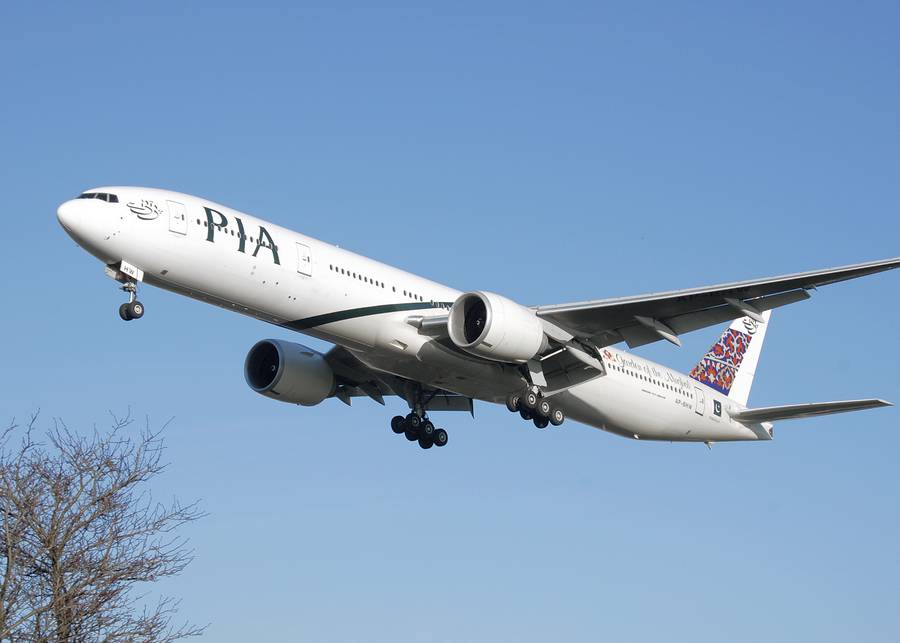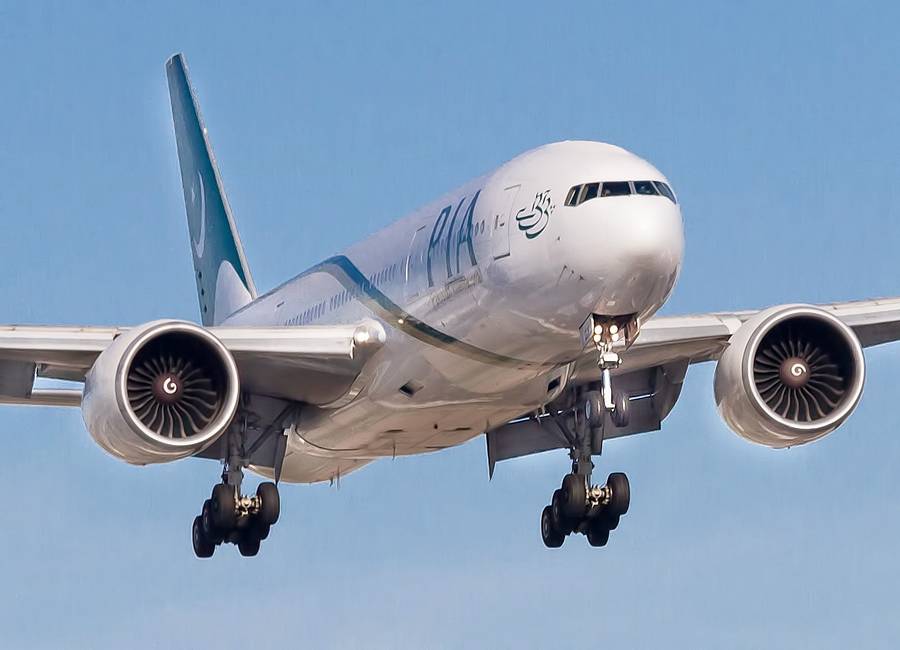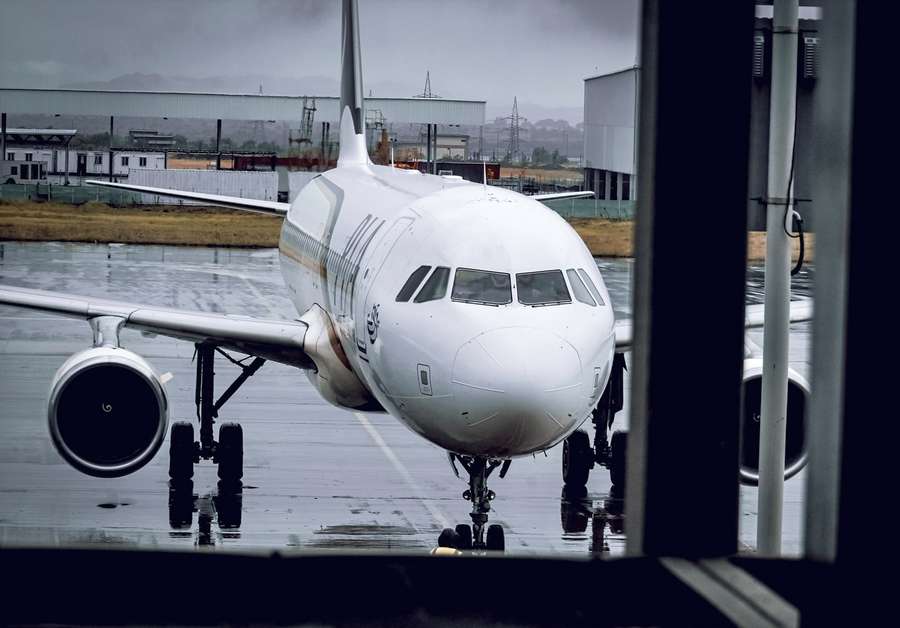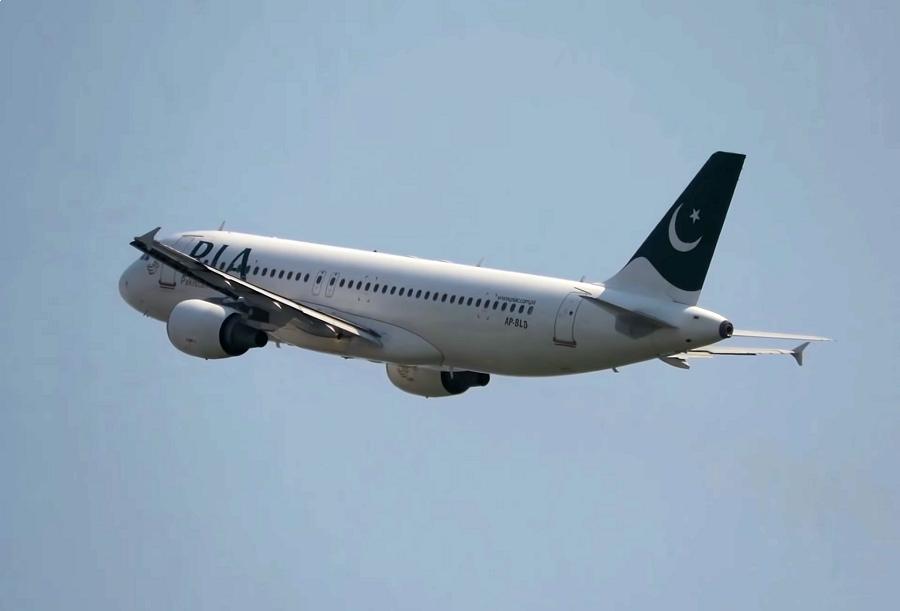A report recently revealed how TCAS saved two aircraft belonging to Pakistan International Airways (PIA) from hitting each other in July.
This is an incident that took place on the 24th of July this year. It involved two flights, both of which were operated by Pakistan International Airlines. The first one was PK-211 (or PIA211), a regular service departing from Islamabad International (OPIS) in Pakistan. Its destination was Dubai International (OMDB) in the United Arab Emirates. The aircraft was a Boeing 777-200ER.

The other PIA flight in this TCAS incident was PK-286 (PIA286), which on this occasion involved an Airbus A320. The flight departed from Doha Hamad International (OTHH) in Qatar, heading for Peshawar Bacha Khan International (OPPS) in Pakistan. We don’t know the number of passengers and crew in either aircraft.
Keen To Start Descent
Both PIA flights were in Iranian airspace when the TCAS incident happened. Flight PIA211 was at FL360, heading west-southwest. At the same time, flight PIA286 headed in roughly the opposite direction, at FL350. However, it appears that the flight crew of PIA211 was eager to begin their descent. A pilot from the flight made repeated calls, asking for level restrictions.
The controller responded with: “PIA211 expect FL200 20 miles before PATAT, report when ready for descent”. Later, the same controller repeated the first part of this call, asking the flight to “standby for descent”. A pilot from PIA211 acknowledged these instructions, without saying that they were ready to descend.
About two minutes later, a pilot from the other PIA flight declared a TCAS resolution advisory (TCAS/RA) “descending”. The crew from PIA211 also got a TCAS/RA, to climb. But they did not declare this to ATC. Immediately after PIA286’s call, the controller told PIA211: “You were told to stand by for descent”.

Both PIA Flights Respond To TCAS RA
After getting a TCAS RA to descend, the Pakistan-bound PIA flight got from FL350 to FL346. The other aircraft had descended to FL357 when it got its own TCAS/RA and climbed to FL360 again. According to other reports, a pilot from PIA211 got increasingly aggressive with the controller, suggesting that they got incorrect instructions.
Other pilots on the frequency jumped in. One said: “You were never given a clearance; you were told to call when ready.” The PIA211 pilot then said that they would be filing a report. Clearing the flight to descend to FL200, the controller repeated that PIA211 had not gotten this clearance before, inviting the crew to file their report.

With the TCAS conflict now well behind both of them, the PIA flights went on to land at their destinations safely. The Iranian investigation on the matter concluded that flight PIA211 had caused the event, by descending without clearance. It noted that the controller handling both flights had used standard phraseology during the event.
The report also noted some irregularities in the flight plan route of PIA211 and expressed disdain about statements that PIA representatives previously made about this TCAS event. Finally, the report suggested that this wasn’t the first such event. It issued relevant recommendations both to Pakistan’s civil aviation authority and to Iran’s own authorities.




